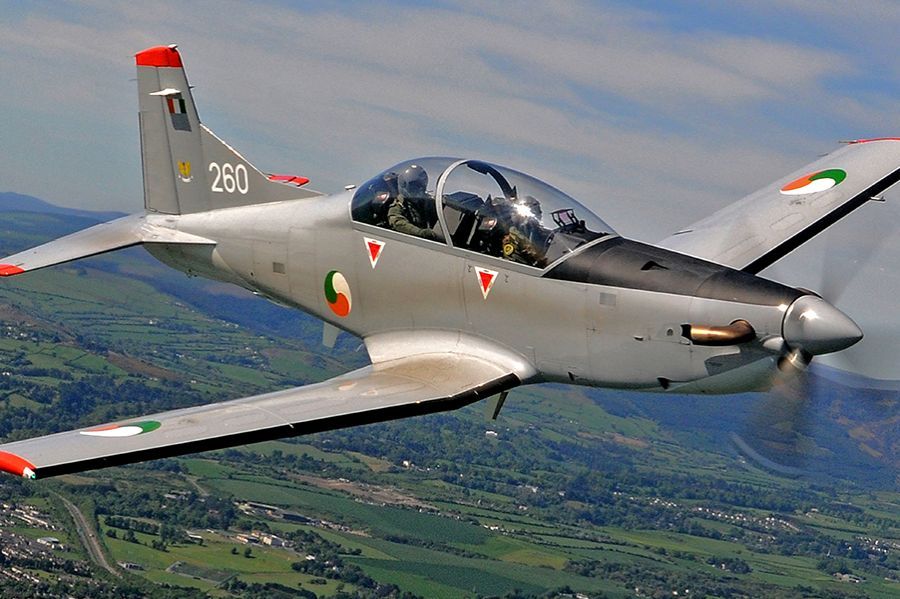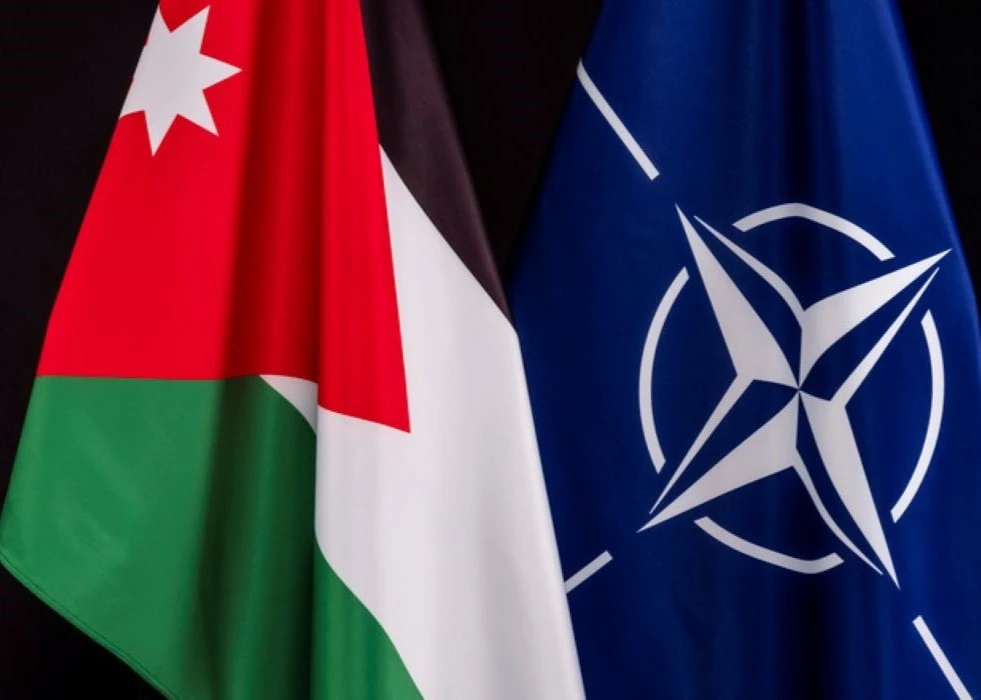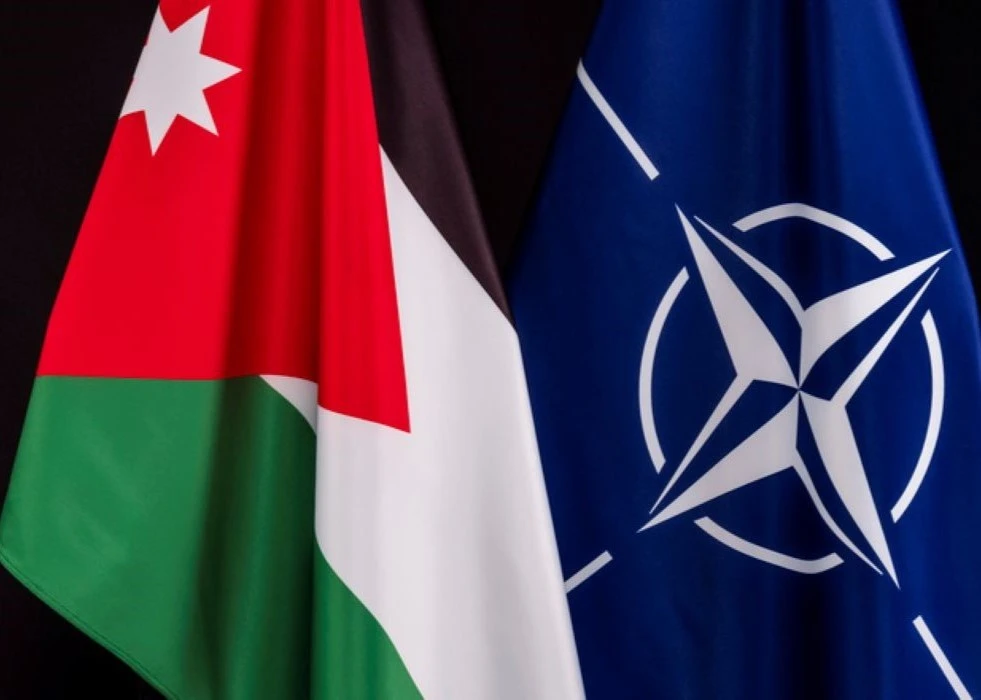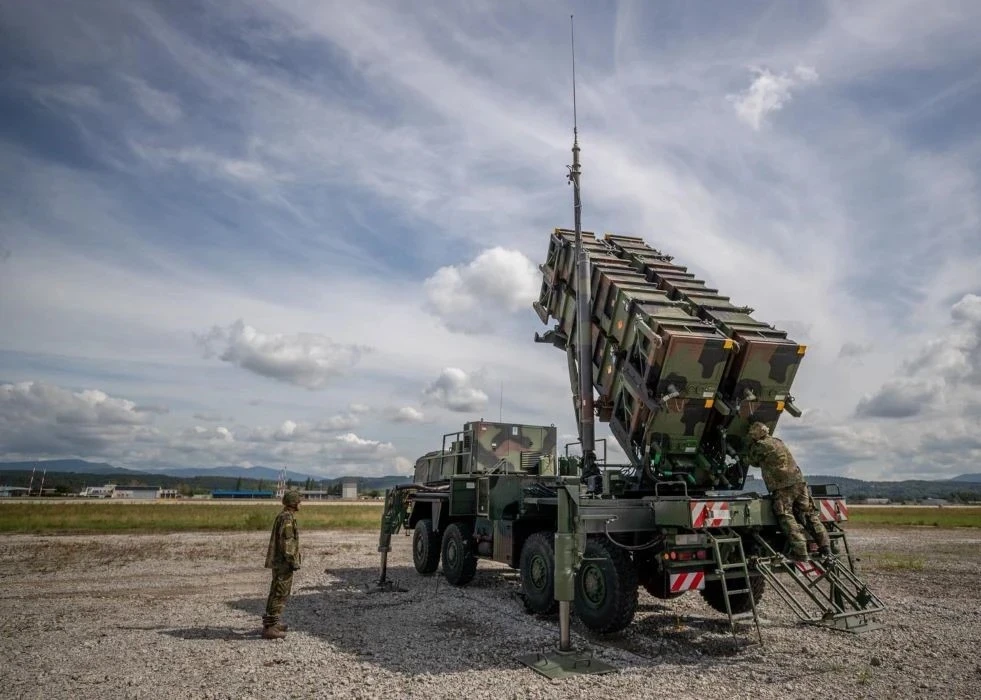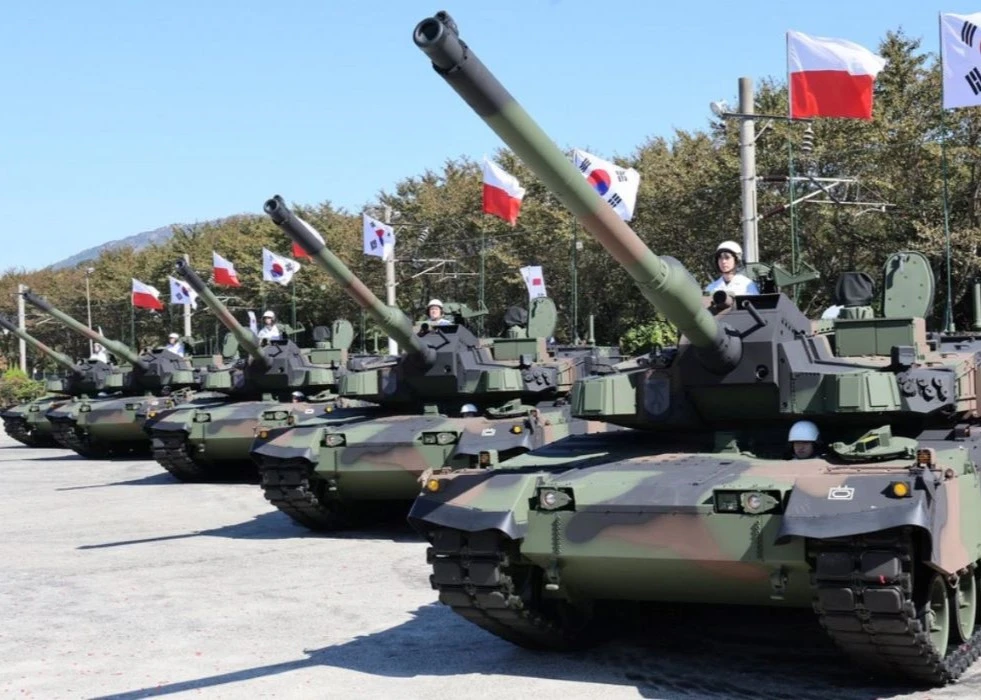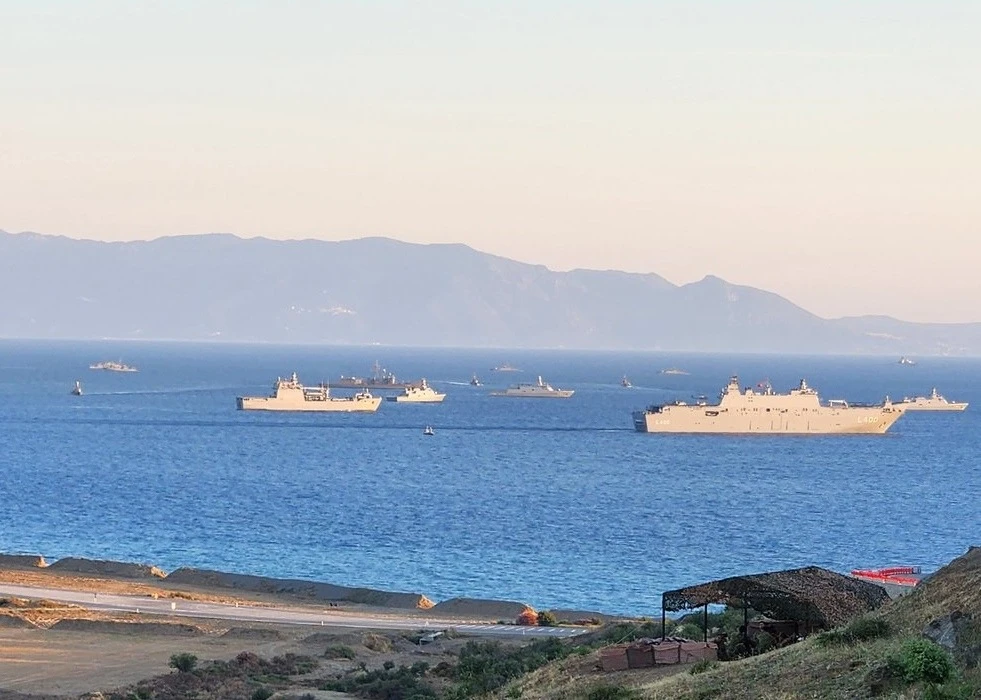The Commission on the Defence Forces (CoDF), after 13 months of work, has published its report on the future of the Defence Forces. “The Air Corps and Naval Service should become services, on a par with the Army, contributing to a joint strategic command at Defence Forces Headquarters and Joint Force Command. Given the importance of service parity, the names of both should change to Air Force and the Navy respectively,” the CoDF report reads.
The commission report suggested the replacement of the existing APCs with a larger and enhanced fleet equipped with sufficient firepower for future overseas missions and with ‘level 4’ armour across armour platforms where required. The Commission recommends an accelerated programme of Naval vessel replacement to ensure a balanced fleet of nine modern ships by early in the next decade.
The Commission considers that development of a primary radar capability to ensure a complete Recognised Air Picture should be maintained. It also suggests the development of anti‐drone or counter UAS capabilities and the further development of RPAS capabilities.
The CoDF states the need to enhance the Air Corps’ fleet with the addition of a fixed-wing aircraft with strategic reach capability and two additional medium-lift rotary-wing aircraft for enhanced Defence Forces support.
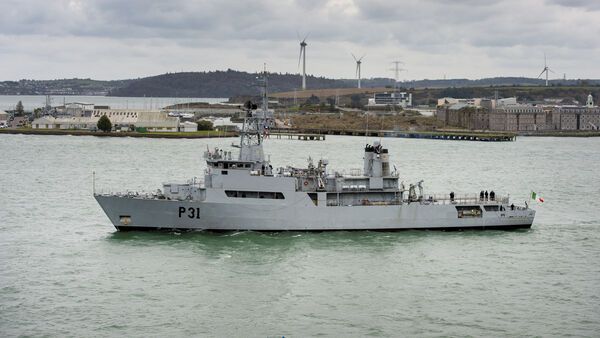
The Irish Air Corps have no fighter aircraft or interceptors. It has eight Pilatus PC-9M aircraft. These aircraft first entered service in 2004 and operate as the main pilot training aircraft for the Irish Air Corps. They are armed with heavy machine guns and unguided rockets for Close Air Support (CAS) missions.
Some military officers and academics said two years ago that Ireland must invest in its air, sea, and cybersecurity to fend off threats from hostile states, such as Russia. Russia currently holds a naval drill near the Irish EEZ.
